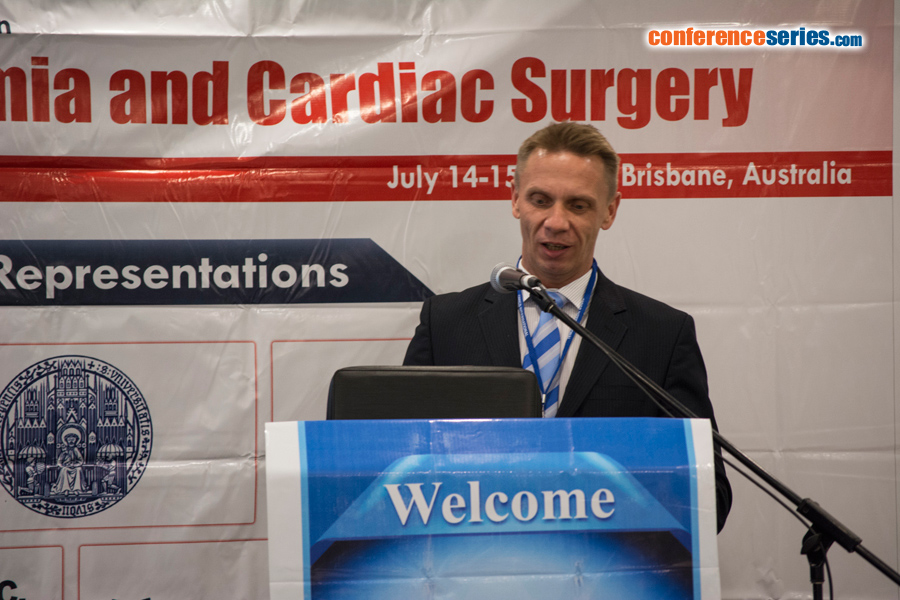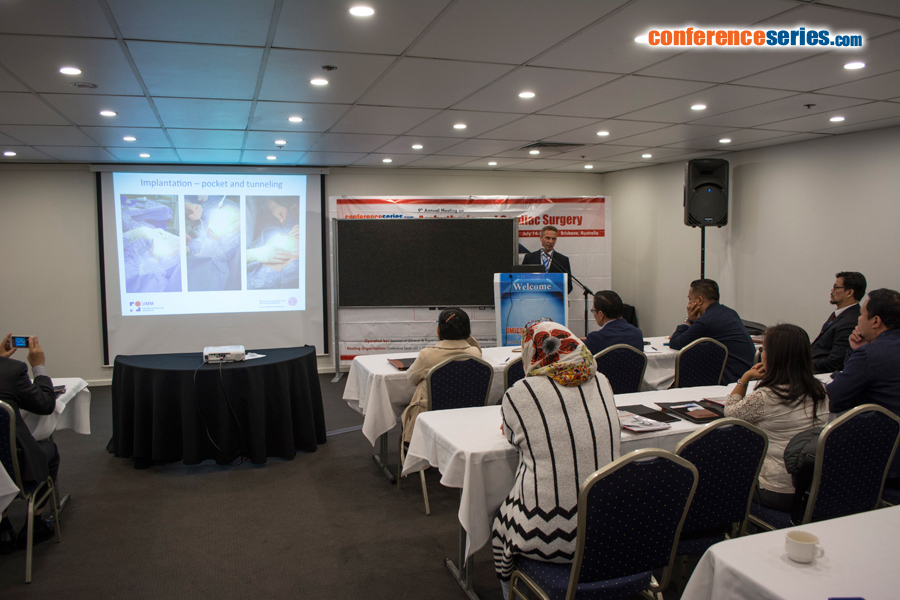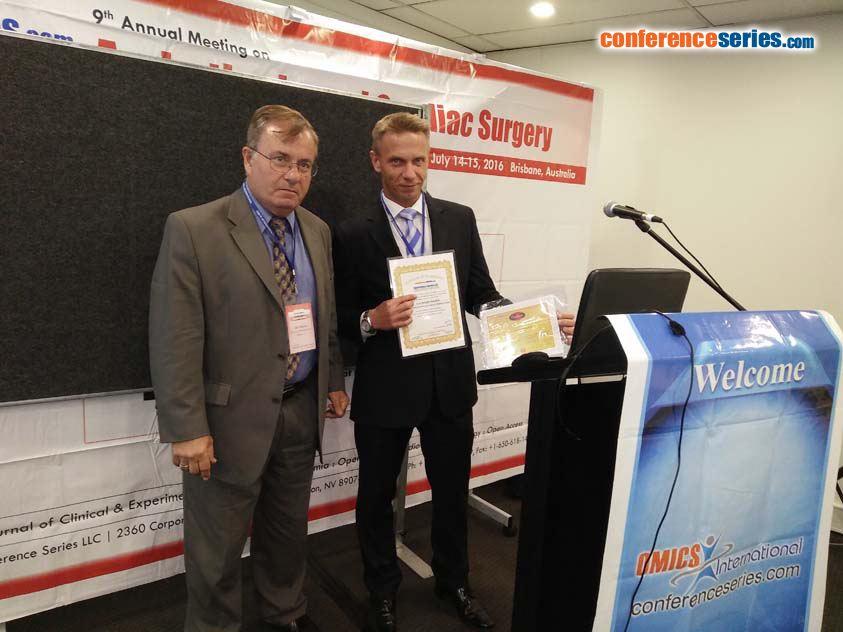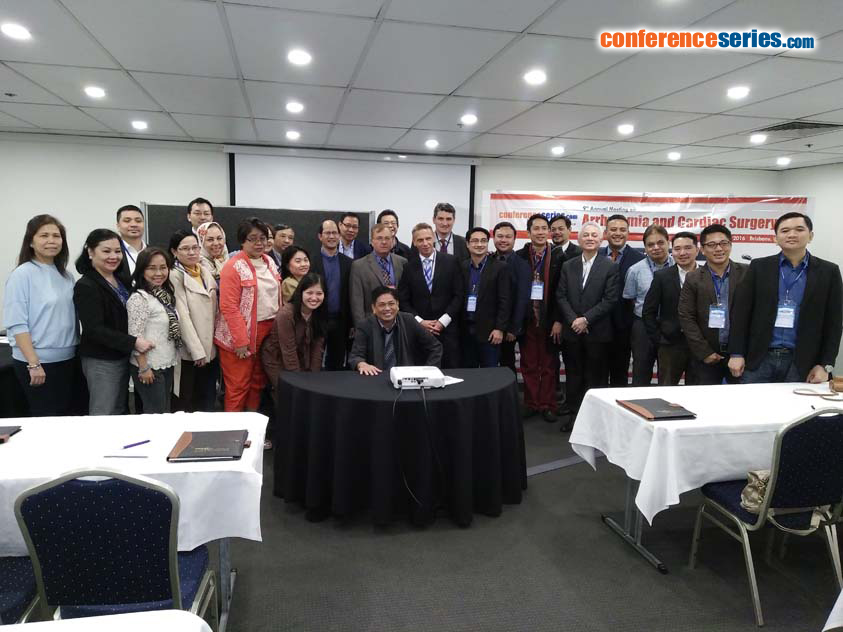
Juergen Kuschyk
University of Heidelberg, Germany
Title: The subcutaneous implantable cardioverter-defibrillator – first single-center experience with other cardiac implantable electronic devices
Biography
Biography: Juergen Kuschyk
Abstract
The subcutaneous implantable cardioverter-defibrillator (S-ICD) is an implantable device for antiarrhythmic therapy with no intravascular leads.We describe the technical feasibility of combining the S-ICD with other cardiac implantable electronic devices (CIEDs), including pacemakers with trans-venous or epicardial electrodes. We also provide the first experience of combining S-ICD with catheter-based therapies including cardiac contractility modulation (CCM) and vagus nerve stimulation (VNS).Between 7/2011 and 11/2014 six patients received a CCM device and S-ICD, three patients with a single-chamber pacemaker using either trans-venous or epicardial pacing electrodes received S-ICD, and one patient with an implanted S-ICD received VNS. In all patients intraoperative S-ICD testing, crosstalk tests and postoperative ergometric testing were performed.In all 10 patients device implantations were successfully performed without complications. S-ICD therapy was shown to be technically feasible with concomitant CIED. Mean follow up was nearly 17 months. S-ICD testing and crosstalk testing before and during exercise enabled device programming across a broad range of test conditions and was associated with no subsequent evidence of adverse device interaction. None of the devices required permanent inactivation or removal and no patient received an inappropriate shock.In suitable patients, combining an S-ICD with CCM or pacemaker may provide an acceptable means to reduce the number of trans-vascular leads. S-ICD appeared safe with CCM over an intermediate follow-up period. Additional prospective randomized controlled trials examining S-ICD in conjunction with CIEDs are warranted.




